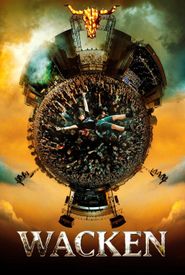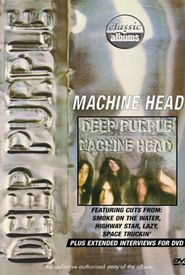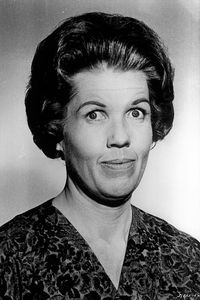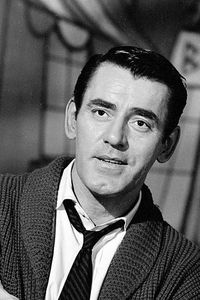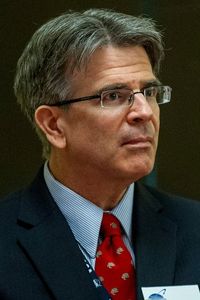Ian Gillan, a renowned vocalist, initially joined the Javelins and Episode Six before becoming a legendary member of Deep Purple in 1969. During his tenure, the band produced iconic albums such as "Deep Purple In Rock", "Fireball", "Machine Head", and "Who Do We Think We Are", as well as several live albums.
However, Gillan's time with Deep Purple came to an end in 1973 due to creative differences with guitarist Ritchie Blackmore and exhaustion from excessive touring. He went on to form The Ian Gillan Band in late 1975 or early 1976, releasing two studio albums: "Child in Time" in 1976 and "Clear Air Turbulence" in 1977, which featured a jazzy rendition of the Purple classic. The band also released a live album recorded at the Budokan.
After disbanding The Ian Gillan Band, Gillan formed the band Gillan, releasing five albums: "Mr. Universe" in 1979, "Future Shock" in 1980, "Glory Road" in 1980, "Double Trouble" in 1981, and "Magic" in 1982. However, the band disbanded due to Gillan's throat problems.
Gillan then joined Black Sabbath in 1983, appearing on the album "Born Again" and touring in 1984. However, he received a call from Ritchie Blackmore, asking him to reform Deep Purple MKII with the original band members. Gillan left Black Sabbath and rejoined Deep Purple, recording the albums "Perfect Strangers" in 1984 and "The House of Blue Light" in 1987. Unfortunately, his problems with Blackmore led to his departure from the band once again.
In 1988, Gillan and fellow Deep Purple band member Roger Glover released the album "Accidentally on Purpose" under the moniker Gillan/Glover. Gillan then participated in various projects until 1992, when he formed a band and recorded "Cherkazoo and Other Stories".
In 1993, Gillan was asked to rejoin Deep Purple once more, and he accepted, recording the album "The Battle Rages On". After a world tour, Blackmore left the band for good, and Gillan and the remaining members made a few dates with Joe Satriani before finding a permanent replacement in guitarist Steve Morse. The new Deep Purple recorded the albums "Purpendicular" in 1996 and "Abandon" in 1998. In 1998, Gillan released his solo album "Dreamcatcher".
In 2003, organist Jon Lord was replaced by former Rainbow keyboardist Don Airey, and Deep Purple MK VIII released the album "Bananas". The band went on to tour the world and work on their 18th studio album, "Rapture of the Deep", released in November 2005.
Ian Gillan has also released his solo album "Gillan's Inn" in 2006 and is currently touring with Deep Purple.



